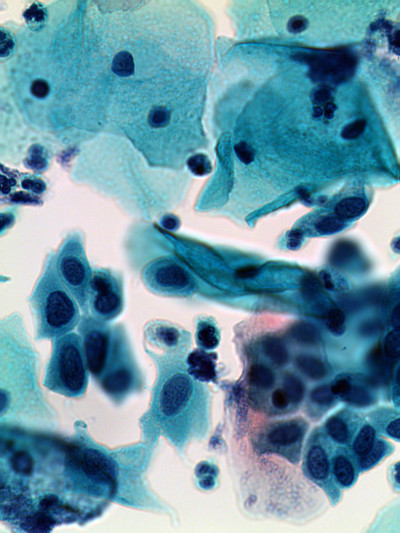Laboratory Services
Testosterone
Print this pageUpdated Test Information:
| Test Description |
Testosterone
|
|
|---|---|---|
| Test ID |
TESTO
|
|
| Performing Lab |
Incyte Diagnostics |
|
| Specimen Type |
Serum |
|
| Specimen Requirements |
SST |
|
| Alternate Specimen Type |
Red, Li‑heparin, K2‑EDTA and K3‑EDTA plasma |
|
| Minimum Sample Volume |
1 mL |
|
| Pediatric Min. Volume (if applicable) |
500 uL |
|
| Stability |
5 days at 20‑25 °C |
|
| Methodology |
electrochemiluminescence immunoassay “ECLIA” |
|
| Estimated TAT |
0-2 days |
|
| Testing Schedule |
Monday-Saturday |
|
| CPT Code(s) |
84403 |
|
| Reference Range |
TESTOSTERONE, TOTAL: Females Tanner Stages* *Puberty onset (transition from Tanner stage I to Tanner stage II) occurs for boys at a median age of 11.5 (+/-2) years and for girls at a median age of 10.5 (+/-2) years. There is evidence that it may occur up to 1 year earlier in obese girls and in African American girls. For boys, there is no definite proven relationship between puberty onset and body weight or ethnic origin. Progression through Tanner stages is variable. Tanner stage V (young adult) should be reached by age 18. |
|
| LOINC Code(s) |
2986-8 |
